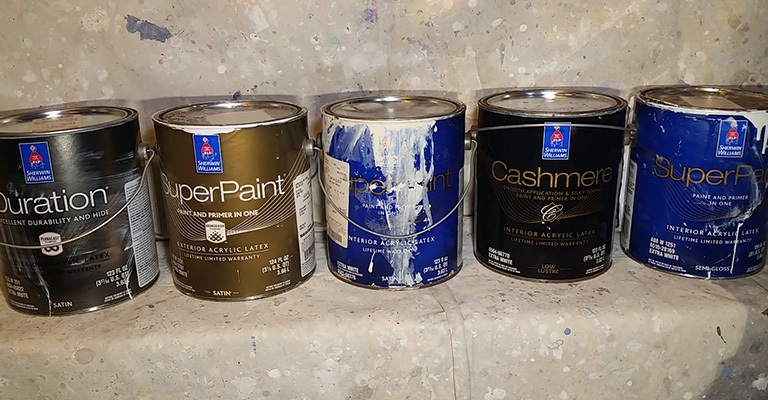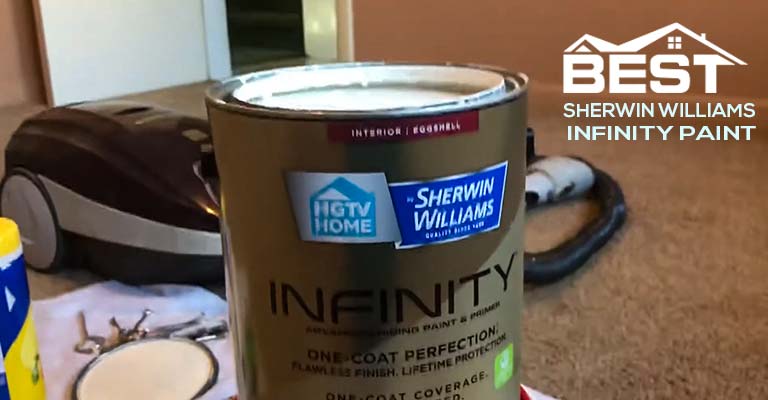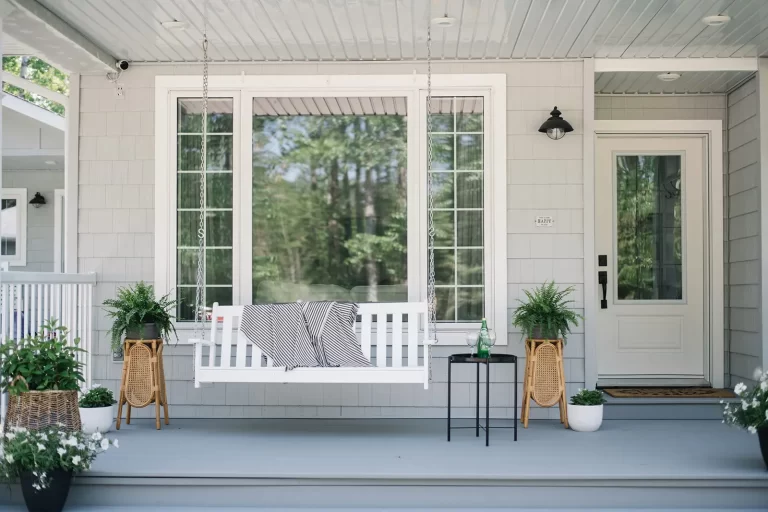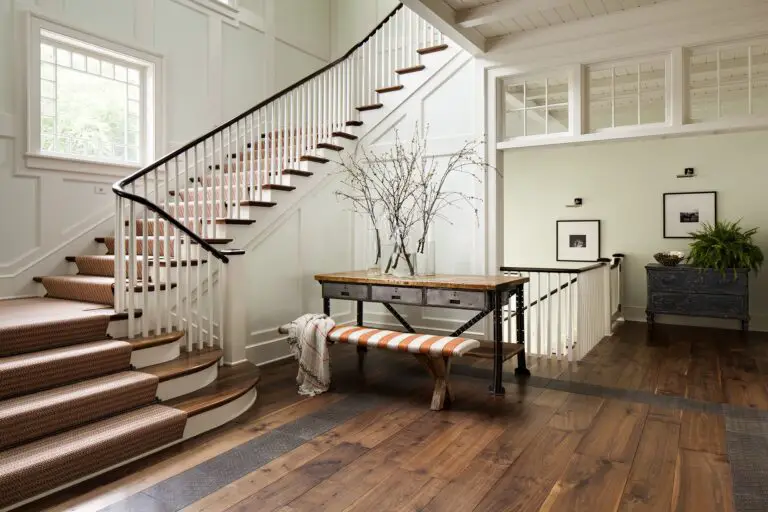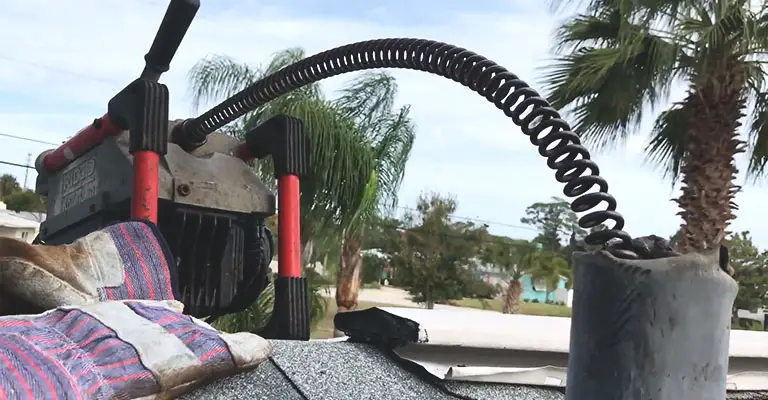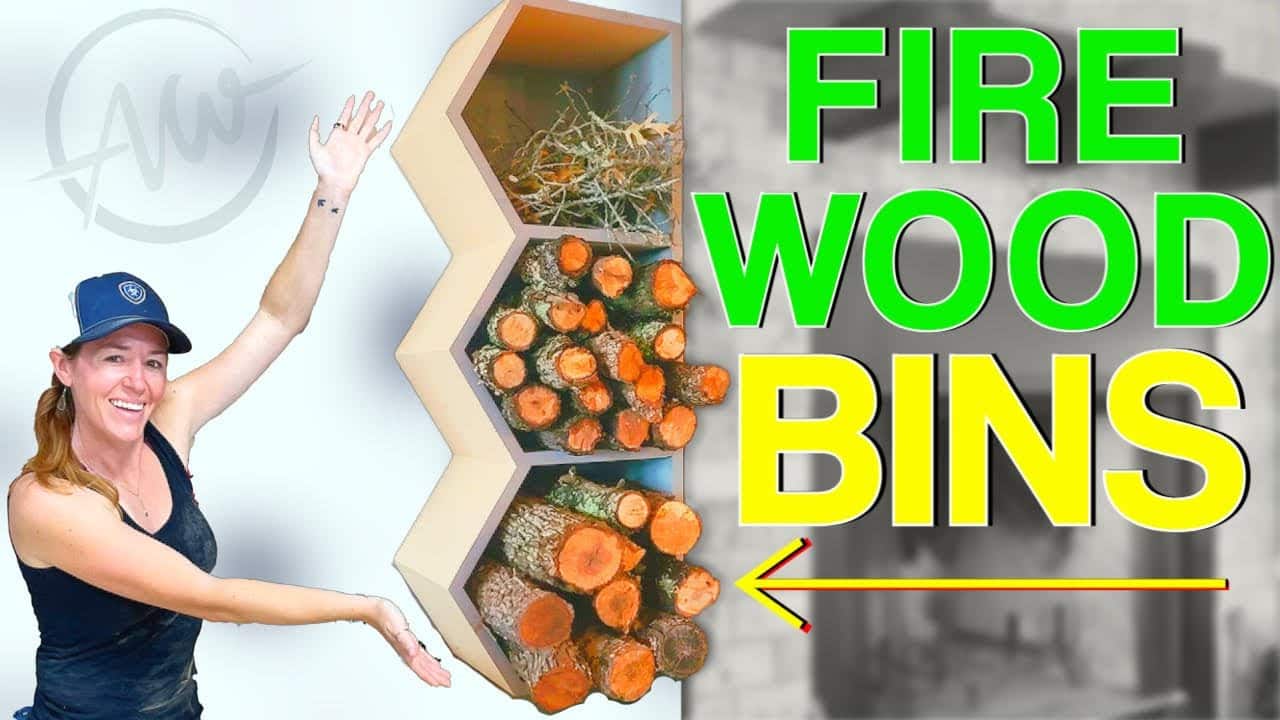What Are the Best Ways to Insulate a Basement Window?
People are often skeptical about the benefits of insulation, thinking that it will make their homes too hot or too cold. However, by insulating your basement window with proper materials, you can help reduce energy costs and reduce the impact on the environment. The most important thing to consider when insulating your basement window is ensuring that the material is sound.
The best ways to insulate a basement window are by using spray foam insulation, fiberglass insulation, or cellulose insulation.
Insulation in the Basement Window Usually Made Of?
The insulation in the basement window is usually made of fiberglass. The window itself is sealed with polyurethane foam.
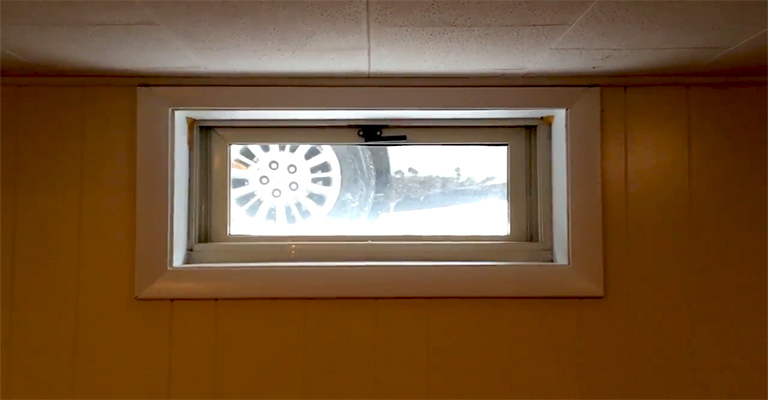
Insulation is a material used to prevent heat loss or gain. It can be either thermal, sound or vapor insulation. When sound insulation is used for wall partitions, it becomes part of the wall surface and not an external layer of material like fiberglass.
Insulation is the most important part of a basement window. It is the only thing separating cold air from warm inside your house. It also provides noise reduction and energy efficiency.
What are the various types of insulation?
Insulation is done by a type of material that reduces or prevents heat transfer. It can be made from many different materials, such as fibers, plastics, and metals.
Some of the most cost-effective ways to insulate your home include installing solar panels, retrofitting windows with low-e glazing, adding storm windows, installing attic insulation, and using ductless mini-split air conditioners.
There are four main types of insulation:
- Thermal Insulation: a material that reduces heat transfer by reflecting heat back to the source
- Air-Filled Insulation: a material that insulates well when it is in contact with air but does not perform well when it comes in contact with water
- Compressed-Filled Insulation: a material that offers insulation even when compressed by weight or pressure
- Vapor-Filled Insulation: a substance that absorbs and stores the thermal energy in vapor form
Are there specific climates where you should use certain types of insulation?
The use of insulation is something that everyone should keep in mind when they are completing their home renovation project. Different types of insulation are better suited for different climates.
Sunny climates require the use of an air-pocket insulation, which does not need to be blown into the wall cavities.
It also does not produce excess moisture. However, people in snowy climates need to use moisture-resistant insulation because it cannot trap water vapor or condensation inside the wall cavities.
The climate where you live can affect the insulation you use for your home. It’s important to take the local weather, including temperature, humidity, and wind speed into consideration when selecting an insulation material.
There are four types of insulation that you should know about before choosing the right one for your home:
- Polyurethane (foam) Insulation;
- Cellulose Insulation;
- Porcelain Fiber Insulation;
- Slate Fiberglass Insulation.
What are some cost-effective ways to insulate your home?
The most cost-effective way to insulate your home is to find ways to add insulation to the walls and attic. This can be done by adding more insulation on top of an existing wall or adding a ceiling or floor.
It is important for people living in cold climates to do this because they need the extra help of this insulation.
Adding more insulation on top of an existing wall can be done very cheaply and effectively with a plastic sheet that is specifically meant for use on ceilings or floors.
Some Benefits of Insulating your Basement Window
A basement window is one of the most important features in a home. They are central to heating and cooling your home, so it is important to insulate them.
The cost of energy is a huge expense which households need to take care of. With that in mind, homeowners can take some precautions and save a lot of money.
Install insulation on the inside of your basement windows in order to prevent heat loss in the winter and heat gain in the summer. This will significantly decrease your energy bills.
Here are some benefits of insulating basement window:
- Insulation helps lower utility bills in the long run.
- It also helps protect your home from weather extremes, earthquakes, and fire.
- Sleeping in a room with increased insulation can help lower your heart rate, blood pressure, and stress levels.
- Insulation can be done through many different methods including spray foam, fiberglass batts, rigid insulation boards (RIBs), and thermal curtains.
How do you measure insulation effectiveness?
The goal of insulation is to reduce the amount of heat that it loses. There are a few different ways to measure this. One way is by the resistance to heat transfer, another way is by its ability to resist air infiltration, and another is with its R-value.
There are a lot of different ways to measure insulation effectiveness and these methods will depend on what kind of insulation you are trying to achieve in your home.
In order for an insulation solution to be effective, it needs a certain R-value. However, this number can vary depending on the specific product being used and in some cases the properties of the materials in it.
How effective is foam insulation in particular?
Insulation is used to help keep the temperature down in the house during the cold winter months. It is typically made of fiberglass or cellulose. It is ideal for basement ceilings and can be sprayed on or put into seams of a wall, floor, or outside.
An insulation material can trap air and moderate the indoor temperature. This prevents condensation from forming on walls and ceilings which causes mold and mildew.
The goal is to insulate homes so that they are warmer than they would be without insulation installed.
How could I winterize my basement window?
It is important for your basement to be winterized. If you don’t, your windows will become brittle and break easily. You can install a single-pane window kit and let the window kit do the work for you.
Some tips to make sure your window kit does its job:
– Make sure the kit is installed properly before winterizing it;
– Check once more before using it; and
– Clean up any dust or debris before using the newly installed window kit in your home
Can I stop cold air coming in my basement?
When cold air enters a home, it can cause problems such as condensation, mold growth, and structural damage. In general, the best way to deal with cold air is to keep it out of your basement.
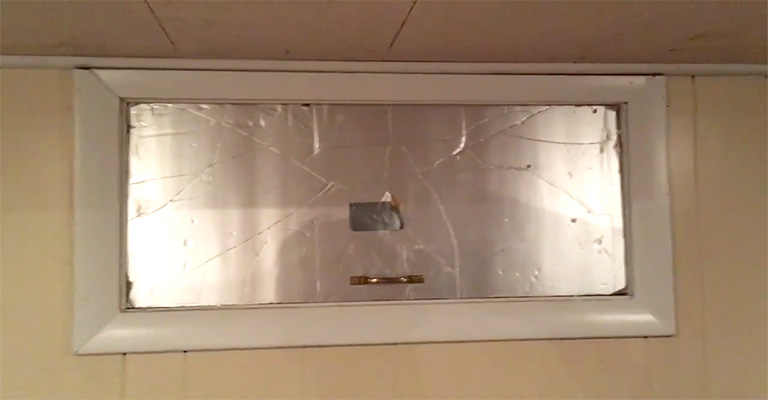
However, there are some exceptions that might allow you to keep the cold air from entering into your basement.
The purpose of this paper is to discuss and evaluate the best and worst ways for you to deal with cold air coming in your basement.
One important aspect of this paper is evaluating what type of insulation will be best for you and how much time and money it will take for you.
Conclusion
It is not always easy to maintain your house during the winter, especially if it has a basement. The temperatures in your home can fluctuate at any given time, but if you are looking for ways to insulate your windows, there are some easy solutions you can try. One of the best ways to insulate a window is by adding insulation around the window frame. This will help keep heat inside instead of escaping through the window. Another option is installing storm windows with insulation between them. This type of window will have an exterior covering that will be made entirely out of fiberglass or cellulose. Finally, adding foam board insulation in between the drywall and framing will help prevent drafts from coming through your windows.
Effectively insulating basement windows is crucial for maintaining a comfortable home environment and reducing energy costs. For best results, consider using rigid foam along the window frames and applying double-sided tape to secure bubble wrap, ensuring the bubble side faces the window. This method is particularly beneficial for single-pane windows, notorious for poor insulation. Additionally, using window covers can further reduce air leakage and preserve warm air inside, while still allowing natural light. For long-term solutions, investing in new windows designed for better insulation might be advantageous. Regular maintenance, like wiping frames with a damp cloth, also ensures the entire window area remains well-insulated and efficient.

